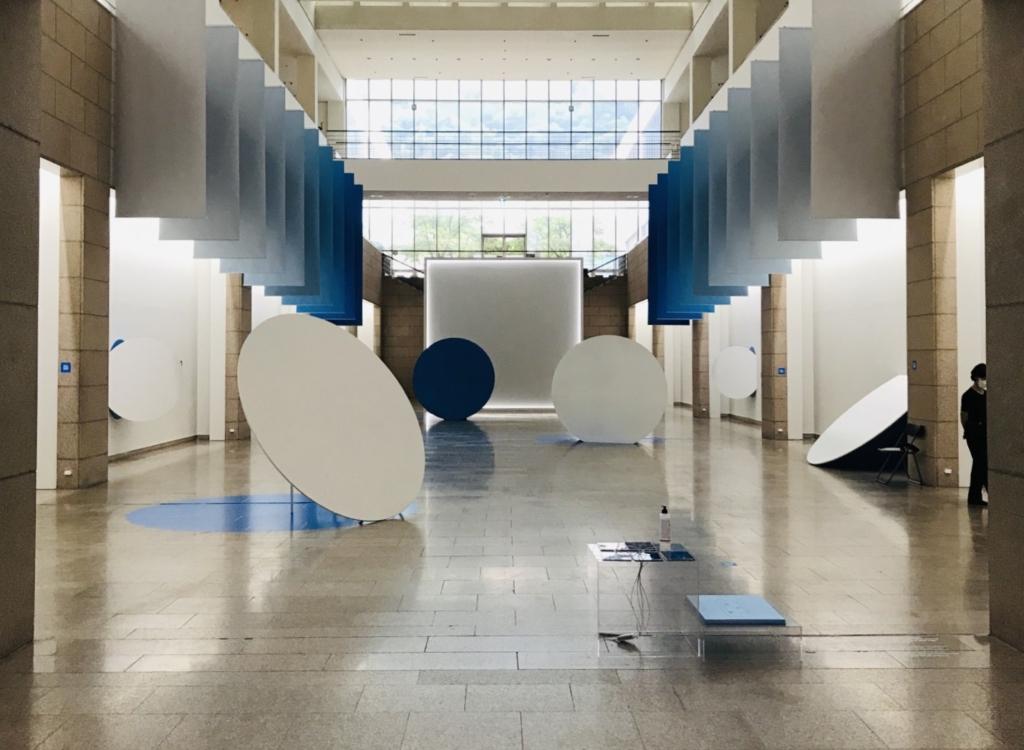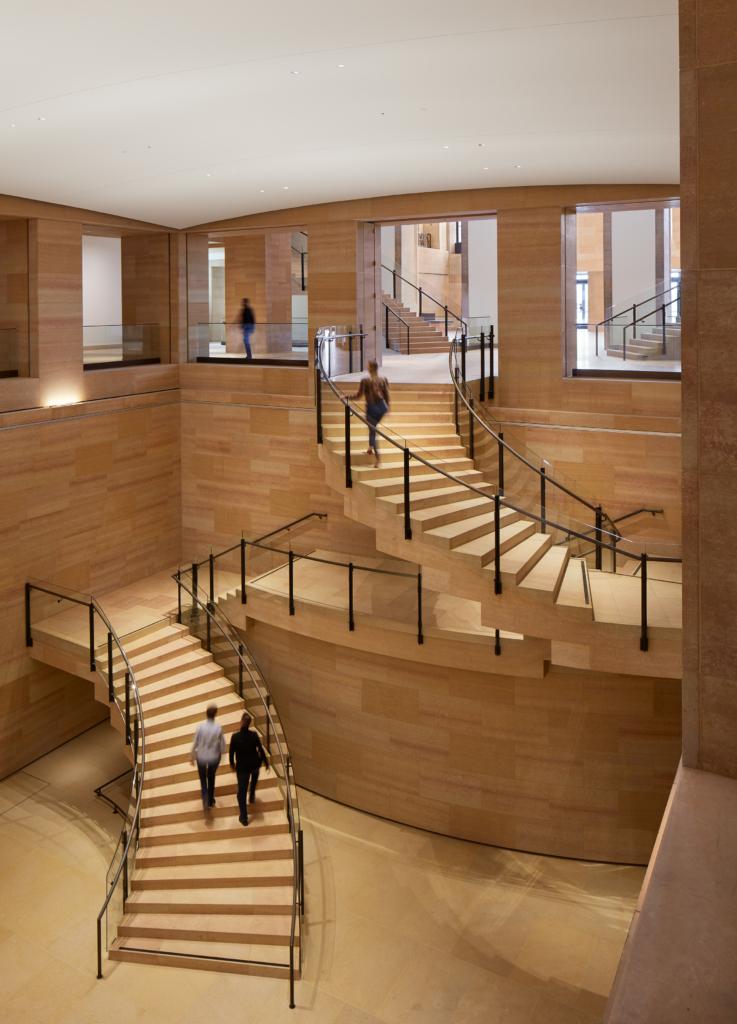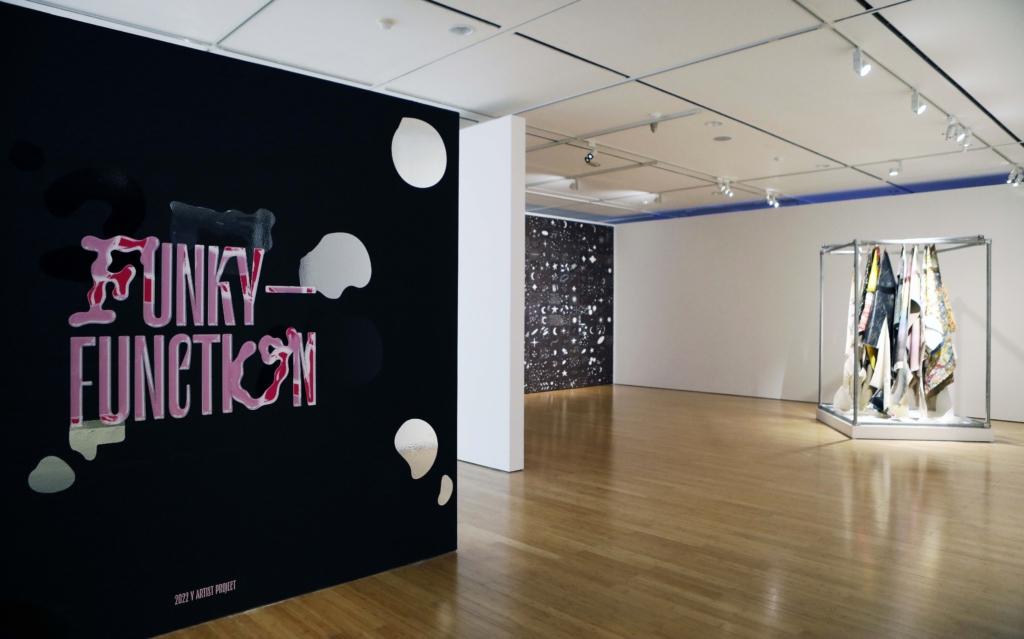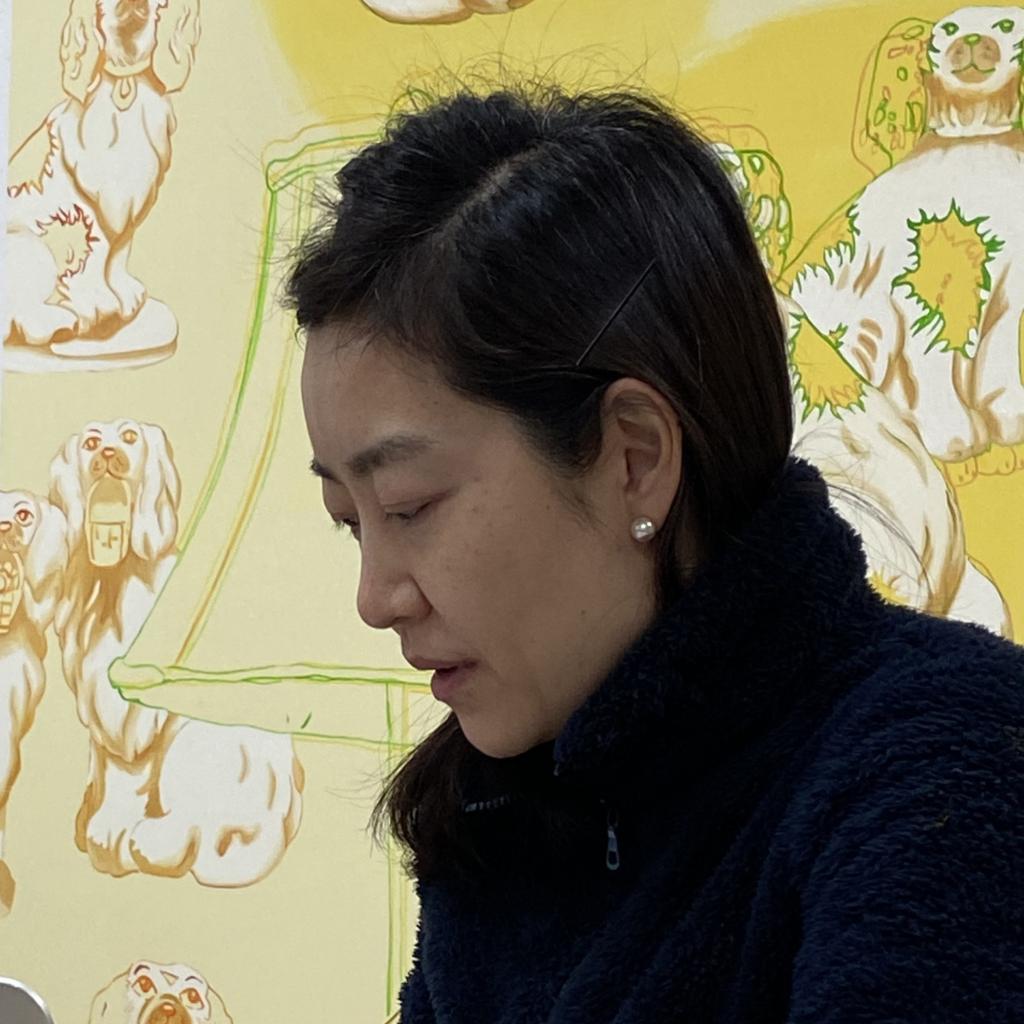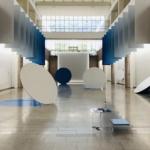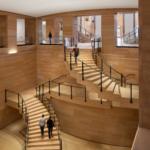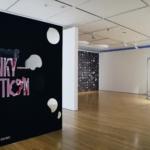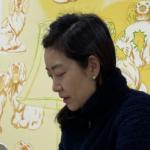Gana Art Is Expanding Its Business, and We Should Keep an Eye on Its Future Changes
Gana Art, which has a mixed reputation as one of the most representative galleries in Korea, is seeking aggressive expansion through various projects. Depending on its future direction, the gallery’s reputation is expected to change. Gana Art, which has a mixed reputation as one of the most representative galleries in Korea, is seeking aggressive expansion through various projects. Depending on its future direction, the gallery’s reputation is expected to change.
Gana Art opened in 1983 and has established itself as one of the largest galleries in South Korea. The gallery, which is celebrating its 40th anniversary this year, intends to expand its activities even further.
To re-establish a vision for the gallery’s future by reflecting on its history, the Gana Art Center in Pyeongchang-dong has opened its 40th-anniversary exhibition, 1983-2023: 40 Years of Gana Art, which will be on view through March 19.
During the exhibition’s press conference, the gallery also mentioned its plans to open another branch in Seongsu-dong, Seoul, in the first half of this year, as well as plans to open art museums in the future through the Gana Foundation for Arts and Culture, which was established in 2014.
Its vision is not just local. Gana Art is also making bold moves abroad. On the 15th, Gana Art announced that it had opened a viewing room on Seward Street in Los Angeles to introduce modern Korean masters to the international art world.
Moreover, the gallery has mentioned through one of the Korean press outlets that it is considering establishing residency programs in Japan and Singapore.
Furthermore, Lee Ho-jae, the founder of Gana Art, mentioned at the press conference that the gallery is considering liquidating its subsidiary, Seoul Auction. Lee stated, “The market needs to be further developed, and in order to do so, we need a large amount of capital to become strong enough. In that sense, Gana Art is seeking to sell Seoul Auction.” Global auction house Sotheby’s and Korea’s largest department store, Shinsegae, were mentioned as possible takeover targets for Seoul Auction.
With Gana Art’s vigorous moves, the art world is eager to see what changes Gana Art and the Korean art world will face in the future.
Established as one of the oldest and largest galleries in Korea, Gana Art has clearly played a leading role in the Korean art market. However, it is questionable whether Gana Art will continue to hold this position, as it is also true that the gallery failed to join the inaugural Frieze Seoul last year, which damaged its reputation as one of the most influential Korean galleries.
Lee Ho-jae, who had four years of experience at Goryeo Gallery, founded Gana Art, then known as Gana Gallery, at the age of 29. The gallery grew by engaging in various activities that other Korean galleries had not yet attempted, thereby significantly expanding the base of the Korean art market.
When most galleries attempted to expand their territory within the country, founder Lee turned his eyes to the overseas market. In 1985, Gana Art was the first Korean gallery to participate in FIAC, an international art fair based in Paris. Taking this as an opportunity, Gana was able to communicate with the international art world and hold exhibitions introducing various international artists to the Korean art community.
When South Korea faced a financial crisis in 1997, Gana Art turned this hardship into an opportunity. As economic conditions worsened, a number of collectors requested that the gallery buy back the purchased artworks, while others attempted to buy works by international artists at a giveaway price. Gana Art overcame this difficulty by establishing Seoul Auction, Korea’s first auction house, and opening the Gana Art Center in 1998. Through Seoul Auction, Gana Art has created a market that meets the new demands brought about by economic changes.
Gana Art has contributed not only to the art market but also to the academic world. Since the 1980s, founder Lee has been steadily collecting works of Minjung Art, a native Korean art trend that occurred spontaneously and was most active in the 1980s. Lee also introduced Minjung Art through the gallery’s art magazine, which was published between 1988 and 2000. In 2001, 200 pieces of Minjung Art were donated to the Seoul Museum of Art as the “Gana Art Collection” with the purpose of enhancing the academic achievements of one of Korea’s most significant modern art histories.
In addition, Gana Art donated around 50 works by modern artists to the Lee Jung-seop Art Museum on Jeju Island. It once ran Gana Atelier beginning in 2002 to support artists and opened a gallery in New York in an attempt to promote Korean artists abroad and vice versa.
The emergence of Gana Art has had a multifaceted influence on the Korean art world, but it remains unclear whether the gallery has properly adapted to the rapidly changing environment.
Gana Art failed to become one of the 12 Korean galleries that were part of Frieze Seoul in September 2022. Frieze is known for not including galleries that run an auction company at its fairs, which is the reason why Gana Art was not selected, as it has Seoul Auction as an affiliate.
The primary art market refers to the first sale of an artwork, such as through galleries or even by the artists themselves, while the secondary market refers to works that have been sold at least once before. When the roles of these two markets do not chime with one another, it can be detrimental to the artist’s career. Young artists whose work may be highly valued at auctions may not have the same value in other markets or once their moment has passed. This issue of auction houses and galleries trying to dominate marketable artworks has long been a hot topic in the country’s art world.
Gallery Hyundai also established K Auction, one of the two largest auction houses in Korea. However, Hyundai has since separated from the company, so this has not been an issue at Frieze Seoul.
Although the boundaries between galleries and auction houses are blurring, Frieze’s policy partially reflects the distribution method of the contemporary art market. In this regard, Gana Art’s consideration of liquidating Seoul Auction could be understood as an attempt to solve this problem.
However, the issue of running the Gana Art auction house is not the only negative topic discussed in the Korean art world. Some art experts have questioned whether the gallery has chosen the right path. An art expert criticized Gana Art for focusing too much on artists whose work sells well in the market rather than building a market ecosystem. Some others also suggested that the gallery should work on creating a more transparent transaction structure for connecting with its buyers, as well as channels that don’t favor certain buyer groups.
However, the fact that the Korean art market has developed in a unique environment, unlike its counterparts abroad, should not be overlooked. Gana Art is a gallery that arose before the art market system was properly established in Korea, and its activities should be viewed from multiple perspectives. Yet, at this point, the status of Gana Art as an influential gallery in the Korean art world will depend on how it looks back on its past activities and determines its future direction.
Related Links
Aproject Company. Co., Ltd | Founder & CEO : Jay Jongho Kim
216 Dosan-Daero, B2F, Gangnam-gu, 06047 Seoul, Korea
Business Number : 894-88-01945
Contact : aproject.company@gmail.com
Mail-order-sales registration number : 제 2021-서울강남-04243 호

























